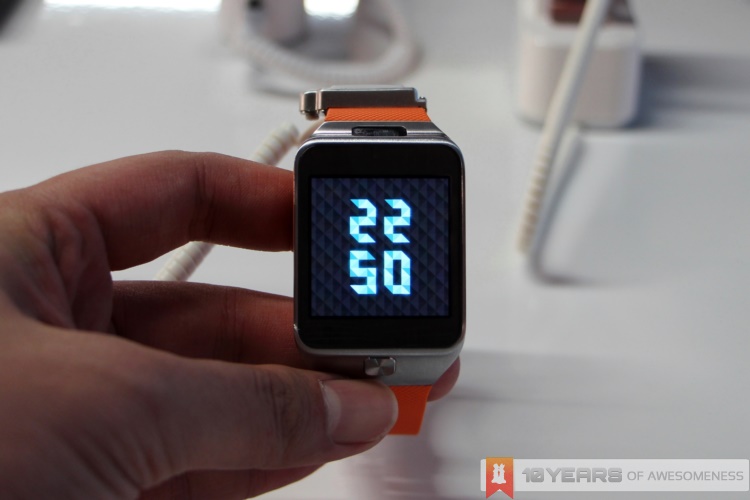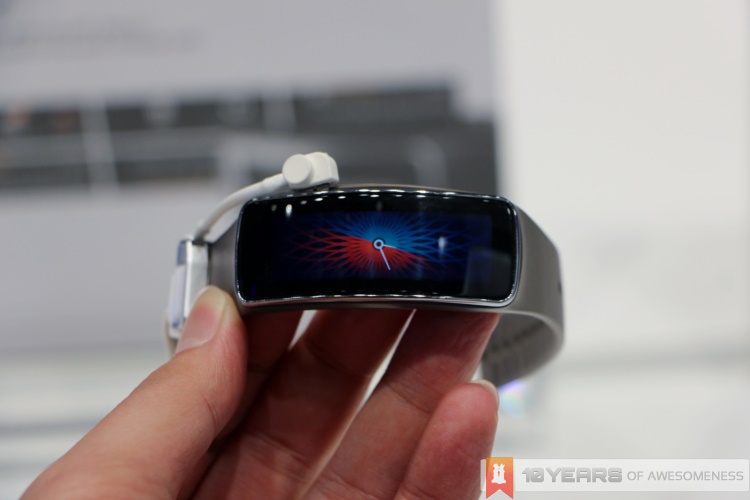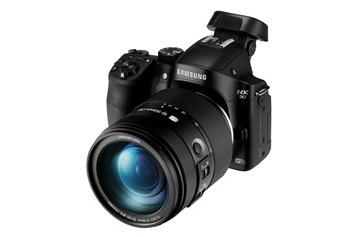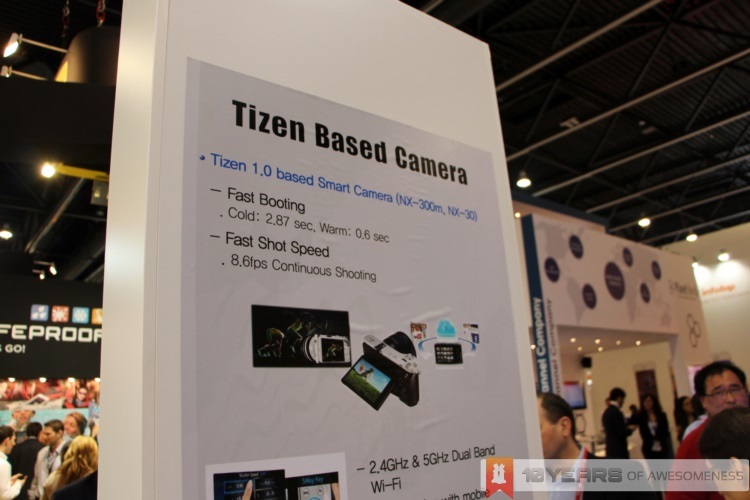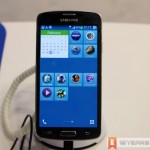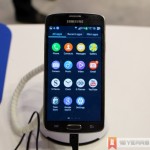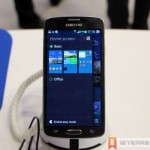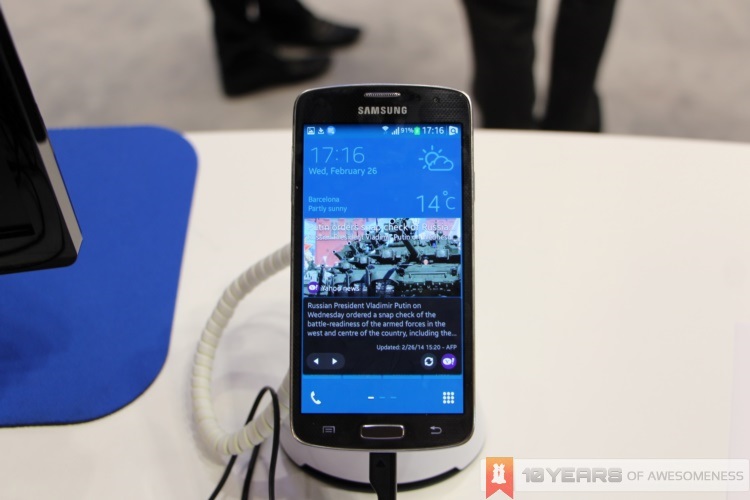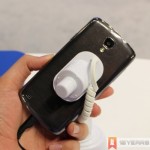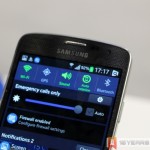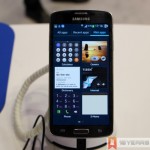
At MWC 2014, the alternative mobile platform Tizen finally made its long-awaited appearance. Touted as a “dead in the water” project after seeing countless delays, the platform emerged from the shadows with a bang, powering Samsung’s latest wearable devices, smart cameras, and even a prototype smartphone.
Samsung, one of the prime contributors to the Tizen project, made a key statement on its plans with the platform with the introduction of its three new wearables: the Gear 2 and Gear 2 Neo smartwatches as well as the Gear Fit smart band. All three wearable devices are powered by Tizen, with Samsung opting to run the Gear 2 on the platform instead of Android.
Interestingly, Samsung’s fitted the UI to look more or less the same as the old Galaxy Gear. What’s more apparent is in the specs: the Gear 2 packs significantly more powerful hardware compared to the original Galaxy Gear, and even has a slightly smaller battery, but Samsung claims the Gear 2 will last for up to 3 days – that’s about three times longer than what the Galaxy Gear could achieve.
It is a testament to the long-claimed coding efficiency of Tizen, which supposedly allows for processes to run more efficiently on the platform compared to Android. Imagine if this battery life can be transferred to a smartphone running on Tizen; with an average of three days of battery life, it would literally change the world of smartphones.
Tizen is also capable of powering smart cameras. It has been long rumoured that the NX2000 smart camera from last year was powered by Tizen, and it’s a claim that Samsung has never confirmed. At the Tizen Association’s booth at MWC 2014, the new NX300 and NX30 smart cameras were placed next to a prototype Samsung smartphone running on Tizen.
Yup, what Samsung is presumably/ultimately aiming for Tizen is to have it power its range of smartphones, reducing its dependency on Google’s Android ecosystem. After all, if you already own the largest market share for the world’s smartphones, why not build your own smartphone platform and have all your smartphones running on it?
The prototype smartphone running on Tizen gave a hint of this. The UI looks almost exactly like TouchWiz, with some of Tizen’s unique features baked in, such as the cool Dynamic Box with Drop View. There were several tweaks in the interface as well, including support for multi-window apps and slight changes in the drop-down menu from Android.
Of course, Tizen is more than just Samsung and TouchWiz. The lady demonstrating the Tizen for smartphones demo reiterated that the TouchWiz interface on the prototype Samsung smartphone is just one implementation of the OS for smartphones. Touting Tizen’s flexibility and scalability, any smartphone company can take Tizen and develop its own UI on top, as Samsung has demonstrated not just with the prototype smartphone’s interface, but also on the Gear 2 and Gear Fit wearables.
Whether or not Tizen will finally gain traction from other companies, it is at least comforting to know that this alternative platform is alive and kicking. There is plenty of promise with Tizen, as demonstrated with Samsung’s confidence with the Gear 2 and Gear Fit, and I for one am really hoping to see more of this alternative platform maturing in the future.
Follow us on Instagram, Facebook, Twitter or Telegram for more updates and breaking news.




